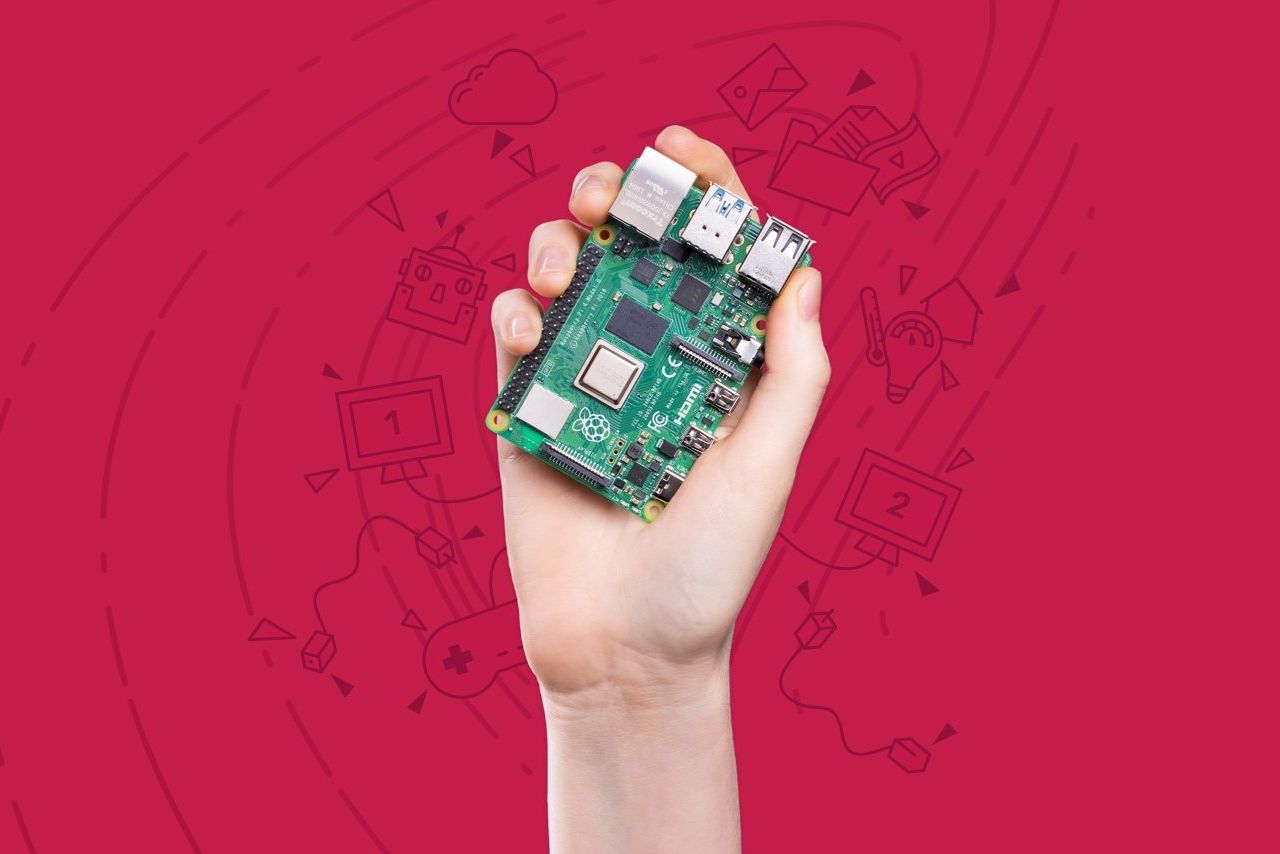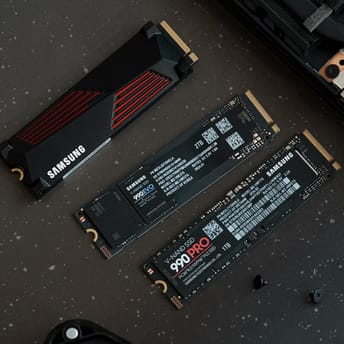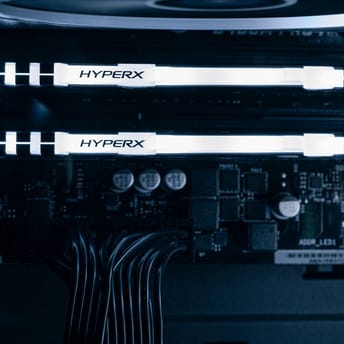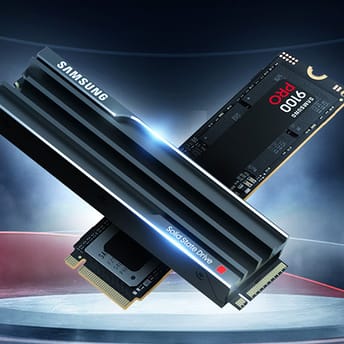Raspberry Pi Raises Prices Citing Memory Cost, DIY Gaming Hit

|
|
Key points
- The price of Raspberry Pi boards with 4/8 GB of RAM increased by $5 to $10; 1/2 GB models remain unchanged.
- Raspberry Pi cites about 120% yearly memory cost inflation as the reason for price hike.
- Prices may decrease if memory costs ease, but DIY gaming builds that require 4-8 GB now face a higher entry cost.
Raspberry Pi increased prices on several products, citing 120% yearly memory cost inflation driven by AI demand. The changes affect the Compute Module 4/5, Pi 500 (unit-only), and the CM5 dev kit. The company says hikes could be reversed if memory prices return to normal.
On October 1, Raspberry Pi announced price increases of $5 to $10 on several 4 GB and 8 GB products, effective immediately:
- The 4 GB Compute Module 4 and Compute Module 5 each rise from $45 to $50.
- The 8 GB CM models increase in price from $85 to $95.
- The Raspberry Pi 500 unit only version moves from $90 to $100.
- The Compute Module 5 Development Kit goes from $130 to $135.
- The Raspberry Pi 3B+ climbs from $35 to $40.
Separately, the original Compute Module is now priced at $25, down from $30. The company says no other classic boards are affected.
Raspberry Pi attributes the price hike to a sharp run-up in memory costs, estimating that LPDDR is about 120% more expensive than it was a year ago, as high-bandwidth memory for AI takes fab capacity. The company had held prices earlier this year by drawing down stockpiles, but now needs to pass through part of the increase.
1 GB and 2 GB products remain unaffected, and the Raspberry Pi 500 kit remains at $120. For CM4, the changes undo the price cuts made earlier in the year. Raspberry Pi says it intends to reverse the increases once memory prices resume their long-term decline.
Where Raspberry Pi is used in gaming
The Raspberry Pi boards are often used in DIY gaming as a thin client for a compact PC or console. Steam Link and Moonlight with Sunshine handle low-latency streaming to a TV. PlayStation Remote Play works via Chiaki, and cloud services run in Chromium. Most setups operate with 2-4 GB of RAM, while 8 GB of RAM provides additional headroom for higher resolutions and refresh rates, as well as HEVC decoding.
Retro gaming remains a core use case for Raspberry Pi products. RetroPie, Batocera, and Lakka transform the board into an emulation console, a portable handheld device, or a full-fledged arcade cabinet. The Raspberry Pi is also typically used to power small home servers, often for tasks such as hosting Minecraft worlds or ambilight systems (HyperHDR or Hyperion).
Memory is in a classic upcycle, referred to as a DRAM supercycle. Strong demand from servers and data centers pulls capacity away from regular LPDDR and DDR used in consumer hardware. Contract prices are expected to continue rising through 2025 and 2026, and analysts anticipate a tight supply into 2026 and 2027.
DRAM supercycle raises the cost of memory for everyone, including the Raspberry Pi. AI data centers are absorbing DRAM and NAND supply, driving up mainstream memory pricing. Vendors are prioritizing higher-margin HBM/server parts, which is tightening the availability of other memory types.













